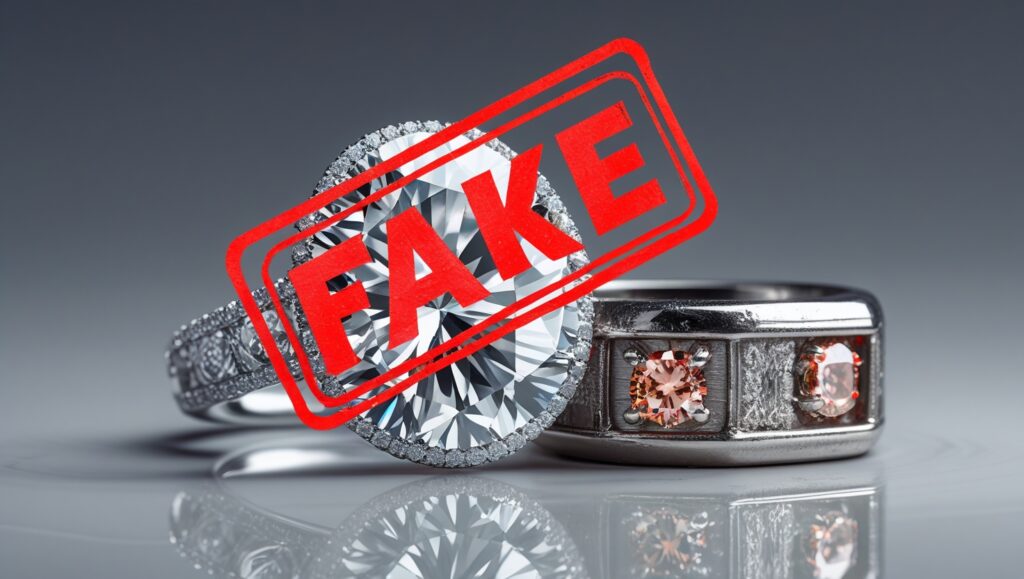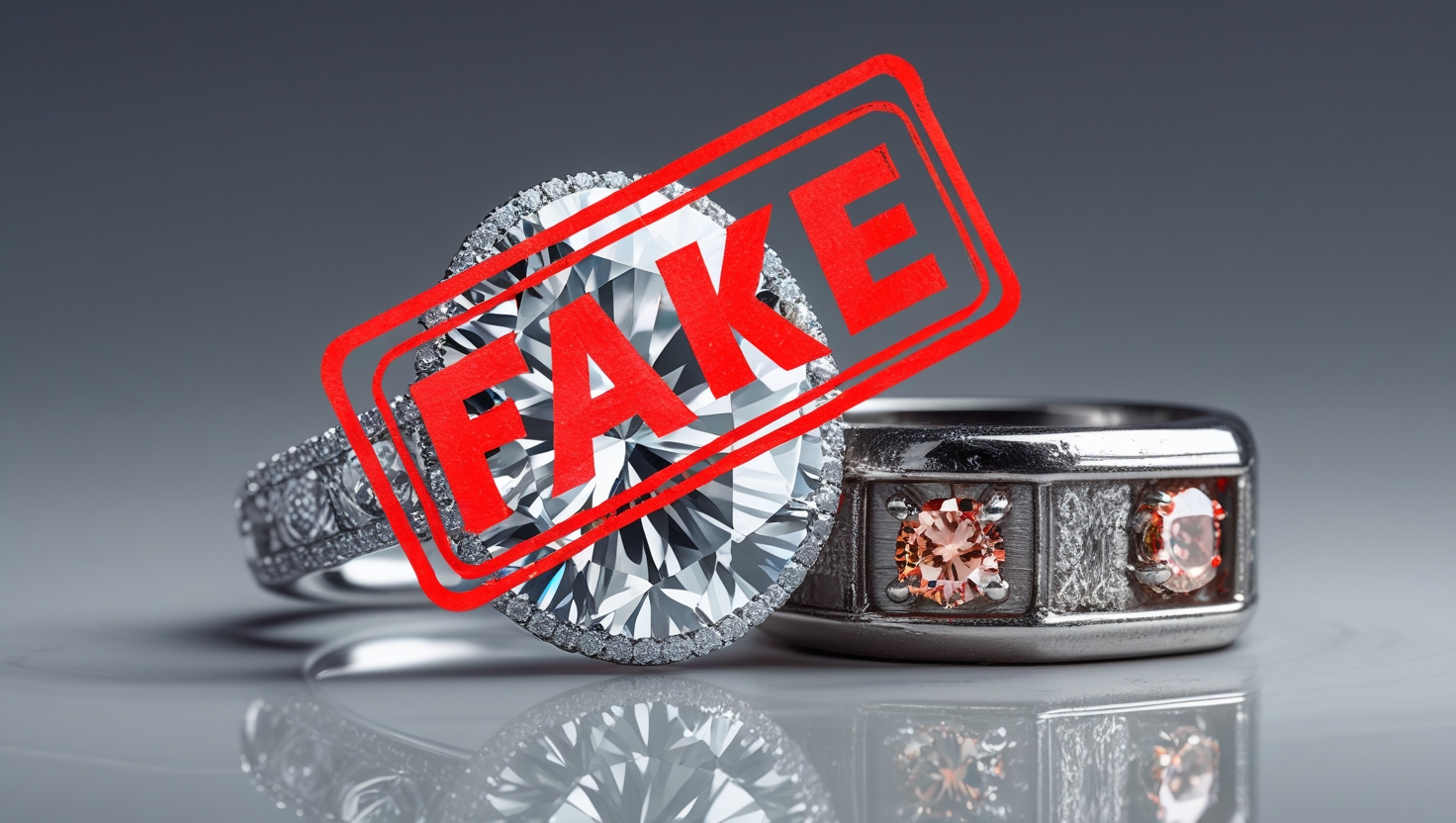Class 14 Trademarks: Your Best Defense Against Fake Jewelry Products
Introduction
The jewelry industry, renowned for its elegance and artistry, faces a persistent and costly problem: counterfeiting. Fake jewelry not only hurts a brand’s reputation but also misleads consumers and leads to massive financial losses. In this context, Trademark Class 14 plays a crucial role in protecting authentic jewelry products. This trademark classification covers precious metals, jewelry, timepieces, and related goods, offering businesses legal protection against counterfeiters.
In this blog, we’ll explore how registering a trademark under Class 14 helps jewelry brands combat counterfeit goods, safeguard their identity, and thrive in a competitive marketplace.

What is Trademark Class 14?
Trademark Class 14 is one of the 45 trademark classifications established under the NICE Classification system. It covers:
- Precious metals and their alloys
- Jewelry and imitation jewelry
- Precious and semi-precious stones
- Horological and chronometric instruments (watches, clocks, etc.)
Brands selling gold chains, diamond rings, silver bracelets, luxury watches, or gemstone pendants should register under this class. It gives them exclusive rights to use their mark on the covered items and protects against misuse by others in the same category.
Understanding the Counterfeit Threat in Jewelry
Counterfeit jewelry mimics popular branded items, often using substandard materials to pass off as luxury goods. Here’s how this trend hurts genuine businesses:
- Revenue Loss: Fake products steal market share.
- Brand Reputation Damage: Consumers who unknowingly buy counterfeit products associate poor quality with the original brand.
- Customer Distrust: Repeated exposure to fakes makes customers hesitant to buy high-end products.
This is why proactive protection, like trademark registration under the correct class, is essential.
How Class 14 Trademarks Prevent Counterfeiting
- Legal Ownership and Exclusivity
A Class 14 trademark grants you exclusive rights to use your brand name, logo, or design for jewelry items. This means that anyone who tries to use a similar or identical mark on related products is infringing on your legal rights.
Example: If you have a registered trademark for “Lustra Gems” under Class 14, and someone sells fake diamond rings with a similar name like “Lustro Gems,” you can legally challenge them.
- Deterrence Through Legal Enforcement
Trademark registration empowers businesses to take legal action against counterfeiters. Once registered:
- You can issue cease and desist notices.
- File lawsuits for damages.
- Request takedown of infringing listings on online marketplaces.
This legal strength deters would-be counterfeiters from exploiting your brand.
- Support from Customs and Enforcement Agencies
With a Class 14 trademark, you can register your mark with customs authorities to block the import of counterfeit goods. If a shipment of fake jewelry with your brand’s mark enters the country, customs can seize it.
- Online Platform Protection
E-commerce platforms like Amazon, Flipkart, and Etsy offer brand protection programs that require proof of trademark registration. Class 14 registration helps you:
- Remove counterfeit product listings.
- Monitor brand misuse.
- Gain priority reporting rights.
- Consumer Awareness and Trust
A registered trademark assures buyers they are purchasing from a legitimate brand. This builds:
- Brand Credibility
- Customer Loyalty
- Repeat Business
In a competitive market like jewelry, trust is a powerful differentiator.
Benefits of Class 14 Registration for Jewelry Brands
- Exclusive Use of Brand Assets: Logos, names, product shapes, and even signature packaging designs.
- Market Expansion Support: As you scale your brand globally, your registration helps claim rights internationally.
- Resale & Licensing Value: Your brand becomes a valuable asset for licensing or franchising.
Tips to Maximize Class 14 Trademark Protection
- Choose a Distinctive Brand Name Avoid generic or descriptive names like “Gold Jewelry Co.” Instead, choose a unique, memorable name like “Velvèra” or “Oranique.”
- Register Both Name and Logo Get protection for your brand name and the stylized logo to prevent duplication on packaging, tags, and promotional materials.
- Monitor the Market Regularly Use online tools to monitor brand mentions, product listings, and suspicious sellers. Early detection helps stop counterfeit activity faster.
- Use Your Trademark Consistently Ensure your mark appears on:
- Product packaging
- Tags or certificates
- Website and social media
- Promotional materials
Consistency helps build brand association and supports enforcement.
- Consider International Protection If you sell internationally, apply for trademark protection through the Madrid Protocol in relevant countries.
Real-World Case: How Trademark Helped a Jewelry Brand
A boutique Indian jewelry brand, “Riyansh Jewels,” faced multiple fake replicas being sold on Instagram and local markets. After registering their brand under Class 14:
- They reported infringing pages using proof of trademark.
- Took down 30+ listings from online platforms.
- Partnered with customs to block a shipment of counterfeit bangles labeled under their name.
This strategic use of IP protection not only stopped immediate threats but also enhanced their brand’s visibility and credibility.
FAQs on Class 14 and Counterfeit Protection
Q1. Is trademark registration enough to stop all counterfeiters? A: While it doesn’t automatically stop them, it gives you legal rights to act against them. Without a trademark, your options are limited.
Q2. How long does a Class 14 trademark last? A: It is valid for 10 years from the date of registration and can be renewed indefinitely.
Q3. Can I trademark a jewelry design? A: Designs can be protected separately under design laws. But logos, brand names, and slogans fall under trademark law.
Q4. Is a GST number or business registration needed before filing a Class 14 trademark? A: Not necessarily, but it strengthens your claim of ownership and helps with brand verification.
Conclusion
In a market as delicate and valuable as jewelry, trademark protection isn’t just an option—it’s a necessity. Counterfeiters prey on rising brands, making it vital for businesses to take proactive steps. Registering under Trademark Class 14 arms you with legal rights, online protection tools, and consumer trust that helps your brand stand tall in a crowded market.
For jewelry designers, watchmakers, and luxury accessory brands, safeguarding your identity is the foundation of long-term success. Don’t wait until fakes flood the market—start the trademark process today and fortify your brand.
Need Help with Trademark Registration for Class 14?
At VMK Professionals, we specialize in helping businesses protect their brand legally and effectively. Our team offers end-to-end trademark registration, brand protection strategy, and IP advisory.
✅ Expert Consultation
✅ End-to-End Filing Support
✅ Class-Wise Trademark Search
✅ Affordable Legal Solutions
Call us today to get started.
Protect your passion, protect your brand—start your trademark journey with VMK Professionals.

